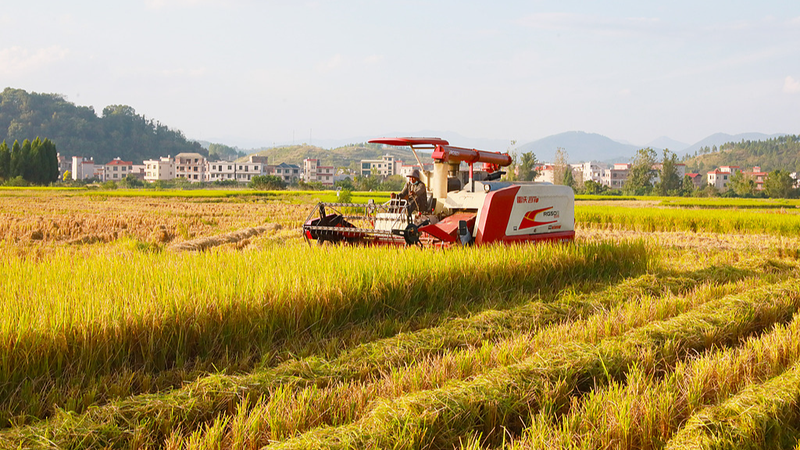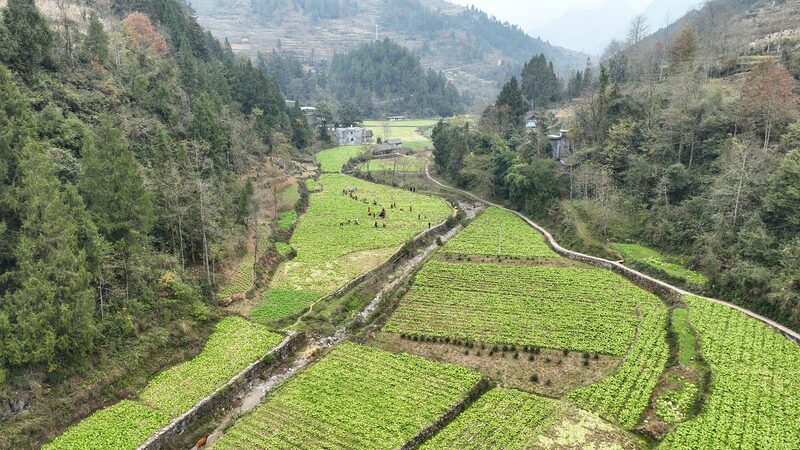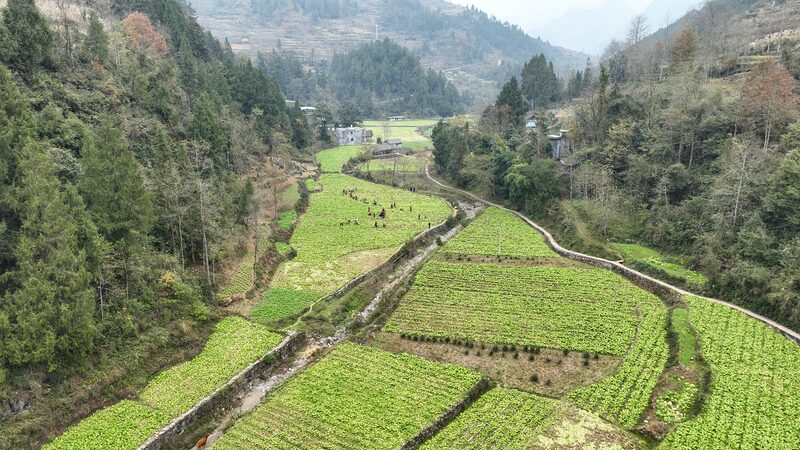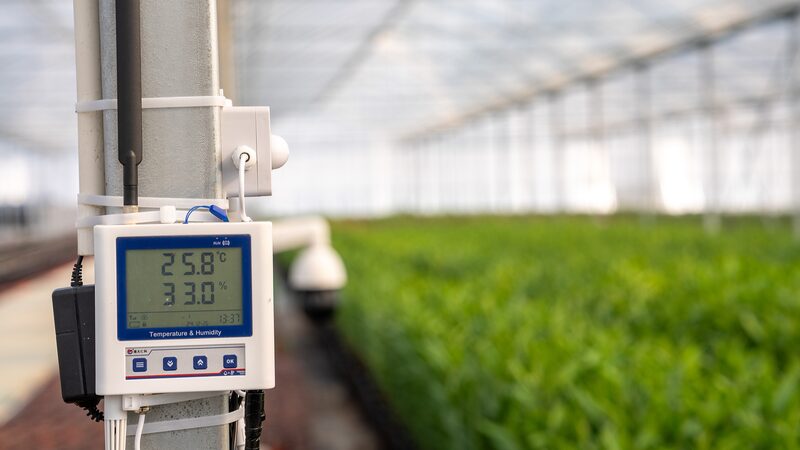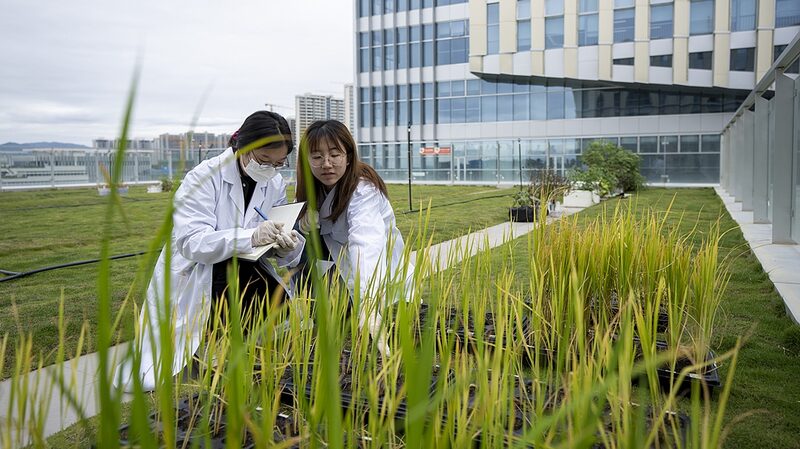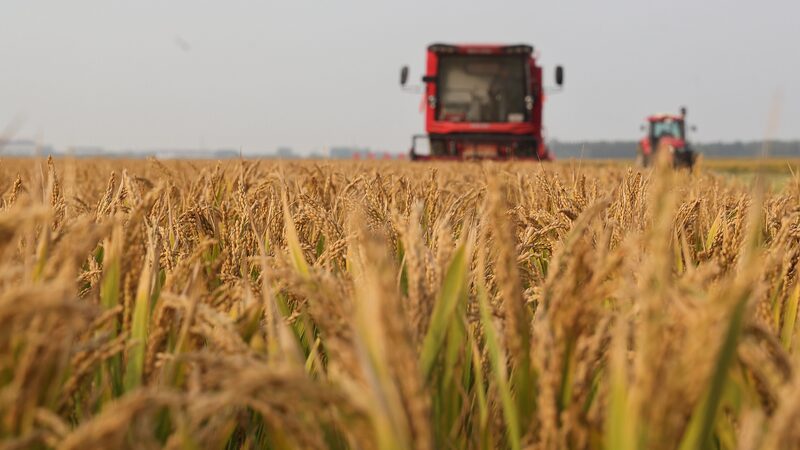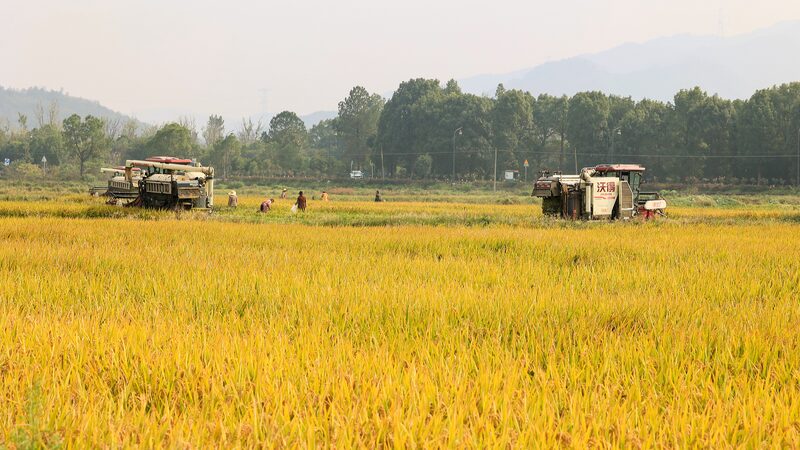As global observers mark World Food Day on October 16, China reports significant strides in agricultural productivity and food security during its National Grain Security Publicity Week. New data reveals over 60% of autumn grain crops have been harvested, including 70% of middle-season rice and 80% of soybeans – milestones underpinned by strategic investments in farmland and innovation.
Five-Year Plan Yields Bumper Results
Under the 14th Five-Year Plan (2021-2025), China prioritized farmland protection and agricultural modernization, achieving per capita grain availability of 500kg – 25% above the global food security threshold. Annual grain output surpassed 1.4 trillion jin (700 million tonnes) in 2024, a 5% increase from 2020 levels.
Tech Powers the Fields
From autonomous tractors in Heilongjiang to AI-powered irrigation in Jiangxi, China's agricultural revolution is digital. Over 100 million hectares now qualify as high-standard farmland, with 75% crop mechanization and 96% adoption of certified seeds. "These aren't just fields – they're data-driven ecosystems," notes a Ministry of Agriculture report.
Rural Renaissance
Improved infrastructure connects 140,000 beautified villages to urban markets through 4.64 million km of roads. E-commerce platforms have transformed harvests into livestreamed commodities, helping rural incomes grow 8% annually since 2020. "Our melons reach Beijing kitchens within 24 hours," says Shandong farmer Li Wei.
Global Implications
While focused on domestic needs, China's grain security model offers lessons for developing nations balancing productivity and sustainability. As climate challenges intensify, the country's blend of policy continuity and technological adoption positions it as a key player in global food systems.
Reference(s):
China marks World Food Day with strong gains in food security
cgtn.com
